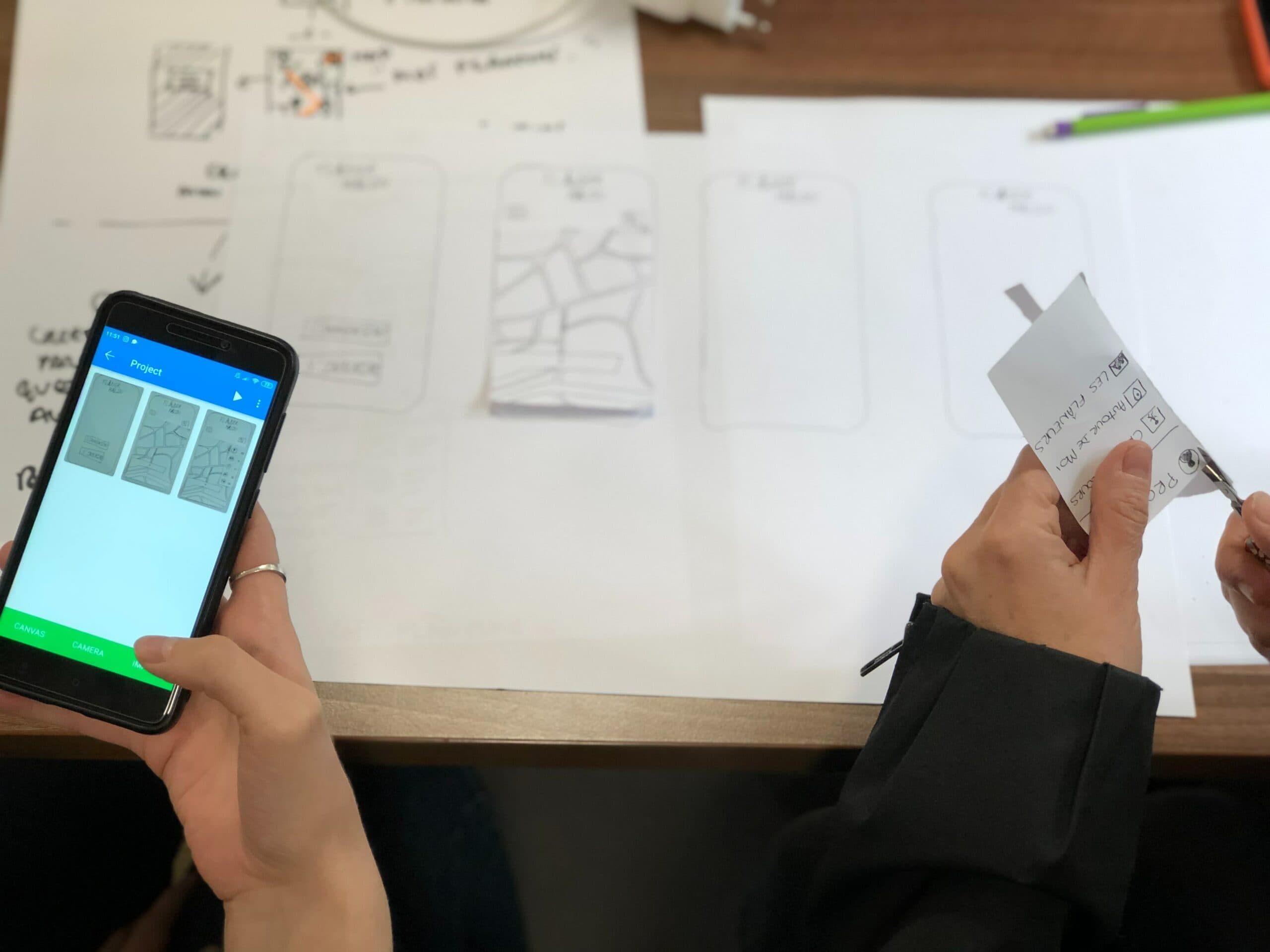What Are Prototypes and Why Are They Important?
by Samiha Ouesleti, Head of UX/UI Design
Learn why prototyping is crucial for product design and development. Discover the different types of prototypes and best practices for creating effective prototypes.
Product development is a complex process that requires careful planning, testing, and refinement to ensure that the final product is functional, usable, and meets the needs of its intended users. One of the most critical components of this process is prototyping. In this article, we will explore what prototypes are, why they matter, and how they can help you create better products.
What is a prototype?
In software product development, a prototype is a preliminary version of a product that is created to test and refine its design before it is fully developed and released to the market. It can take various forms, such as a clickable mockup or a functional demo, depending on the goals of the project and the stage of the development process.
The main purpose of prototyping in software product development is to allow designers and developers to evaluate the feasibility, functionality, and usability of a product before investing significant resources into its development. By testing and refining prototypes, product teams can identify and address potential issues early on, such as bugs, usability problems, and feature gaps. This ultimately leads to a better end product that meets the needs of its users and is more likely to succeed in the market.

Types of prototypes
In software product development, prototyping is an essential process that enables designers and developers to evaluate the feasibility, functionality, and usability of a product before investing significant resources into its development. There are several types of prototypes that can be used at different stages of the design process to achieve this goal.
- Paper prototypes: Paper prototypes are simple sketches or drawings of the software product that are created using pen and paper. They are often used in the early stages of the design process to explore different concepts and interactions. Paper prototypes can be an effective way to test basic concepts, such as the layout of the user interface, and to get feedback from users without investing too much time or resources.
- Digital prototypes: Digital prototypes are interactive mockups of the software product that are created using specialized software tools such as Figma, Sketch, or Adobe XD. They can be used to test more complex interactions and user flows, such as user journeys, navigation flows, and animations. Digital prototypes can provide a more realistic and immersive experience for users, allowing them to provide more accurate feedback on the product’s design.
- Working prototypes: Working prototypes are functional demos of the software product that are developed using rapid prototyping techniques. They can be used to test the product’s performance and functionality in real-world scenarios, such as usability testing or beta testing. Working prototypes can be a powerful tool for uncovering bugs, usability problems, and feature gaps, allowing designers and developers to refine the product’s design before release.
Overall, the type of prototype used in software product development will depend on the specific needs of the design process and the stage of development. Paper and digital prototypes are commonly used in the early stages of the design process to explore different concepts and interactions, while working prototypes are often used later in the development process to test the functionality and performance of the product in real-world scenarios. By using a combination of these prototyping methods, product teams can create a better end product that meets the needs of its users and is more likely to succeed in the market.
Benefits of Prototyping
Prototyping is an essential part of the product design process, offering numerous benefits to designers and businesses alike. By creating prototypes, designers can test and refine their ideas, identify potential issues, and gather feedback from users before investing in full-scale production. This can save time and money in the long run, as it allows designers to make necessary changes early on in the process. Additionally, prototypes can help businesses to communicate their ideas more effectively to stakeholders and investors, increasing the chances of success for the final product.
Best Practices for Prototyping
Prototyping is a crucial step in the software product development process that can help teams to create better products. To ensure that the prototyping process is effective and efficient, there are several best practices that teams should follow:
-
Define the problem and goals: Before beginning the prototyping process, it is important to have a clear understanding of the problem that you are trying to solve and the goals that you want to achieve. This will help you to create prototypes that are focused and effective.
-
Use the right tools: There are many different tools available for creating prototypes, including Sketch, Adobe XD, InVision, and Figma. It is important to choose the right tool for your project, based on your team’s skill set and the requirements of your project.
-
Start simple: When creating your first prototypes, it is important to start with simple designs and interactions. This will allow you to quickly iterate and refine your ideas, without investing too much time or resources.
-
Get feedback early and often: It is important to involve users in the prototyping process as early as possible, and to gather feedback at every stage of the process. This feedback can help you to identify potential issues and improve the final product.
-
Test for usability: It is important to test your prototypes for usability, to ensure that they are intuitive and easy to use. This can be done through user testing, where you observe how users interact with your prototype and gather feedback on its usability.
-
Be flexible: Prototyping is an iterative process that often involves trial and error. It is important to be flexible and willing to make changes as needed, based on feedback from users and stakeholders.
-
Document your process: Documenting your prototyping process can help you to improve your workflow and ensure that you are following best practices. This documentation can include notes on design decisions, user feedback, and iterations of your prototypes.
WeaveLines, your go-to agency for MVP Development
WeaveLines is one of the top agencies for MVP development for startups. We understand the unique challenges that come with building an MVP and we help founders from the idea to the product phase. We make sure founders are supported across their startup journey as they grow, providing guidance and mentorship throughout the process. Our team of experienced developers, designers, and project managers work to understand your business goals and objectives, and provide a range of services to help bring your MVP to life.
